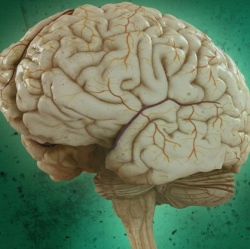
By enabling users to communicate and control devices with their thoughts, brain-computer interfaces hold much potential. While they have achieved feats such as directing the flight of a quadcopter and helping victims of paralysis to communicate, sufferers of brainstem stroke have so far been beyond reach.
But now, a researcher at East Tennessee Sate University (ETSU) has demonstrated BCIs may in fact give brainstem stroke patients a voice again, with very specific brainwaves serving as a typing finger for a virtual keyboard. “We have significant research showing that BCI is beneficial to ALS patients [amyotrophic lateral sclerosis, a neurodegenerative disorder that results in muscle wasting]," says Dr Eric Sellers, associate professor of Psychology at ETSU and leader of the study. "But until now there were no studies that looked specifically at patients with a brainstem stroke to see if it worked for them as well."
Over 13 months, Sellers worked with a brainstem stroke patient suffering from locked-in syndrome, a condition where the person is aware of their surroundings but unable to move any muscles other than the eyes. With sensors positioned on the scalp to monitor brain activity, the study hinged on a common brain response called P300, which occurs around 300 milliseconds following the detection of a meaningful stimulus.
